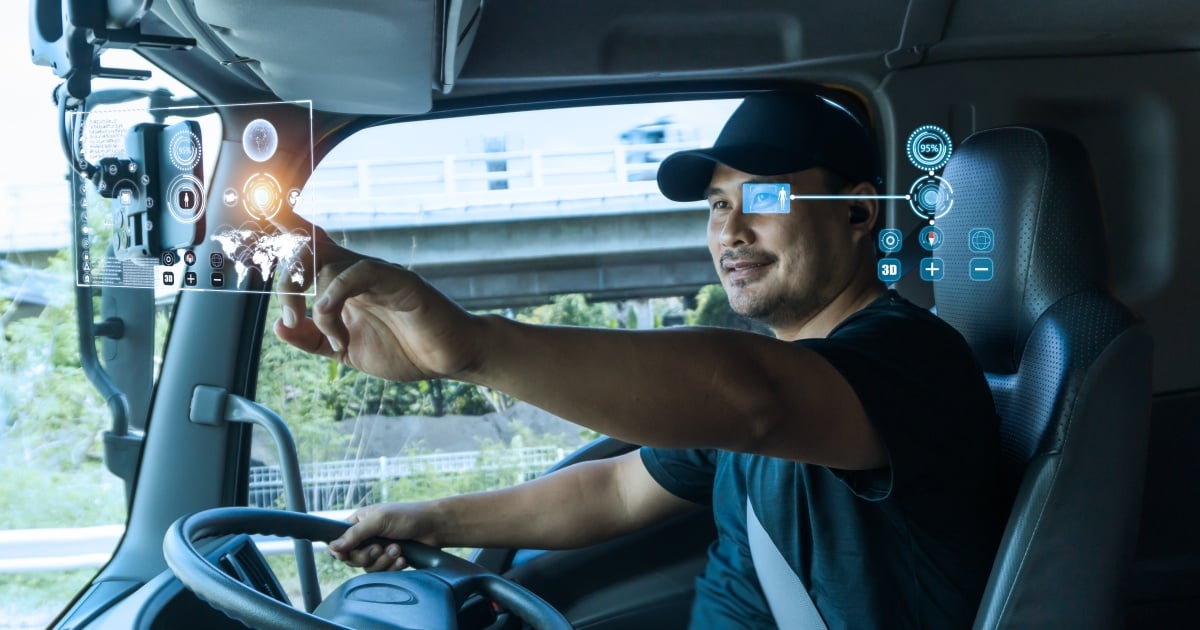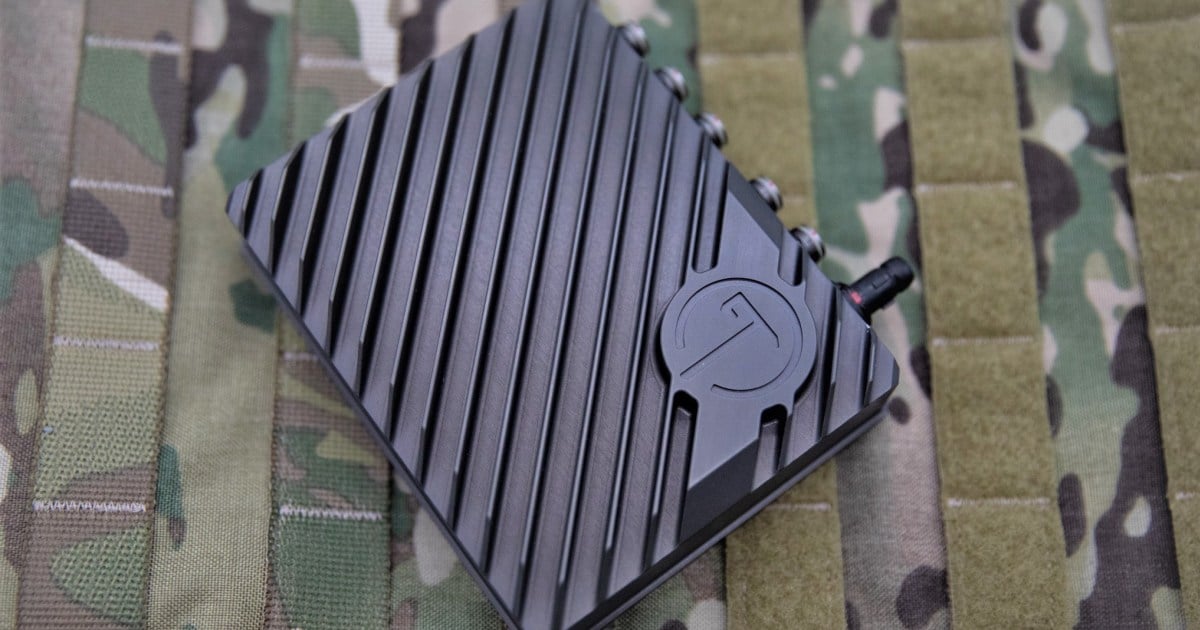Everyone’s talking about the impact of Internet of Things, but how can businesses really benefit from all the data obtained by connected devices? According to ABI Research, the volume of data from connected devices is forecasted to reach 1.6 zettabytes by 2020. Where big data analytics is historically referred mostly to as large, static, structured databases, IoT data is an ever-growing source of big data.
While most of the conversations around big data analytics are still geared towards analyzing the traditional data set, IoT data needs an approach to analytics that account for the fact that IoT data is more complex. IoT data is messy, noisy, and sometimes intermittent because sensors are deployed in the physical world. It’s also highly unstructured, sourced from a variety of sensors (fixed and mobile). It can be dynamic – we talk about “data in motion” as opposed to the traditional “data at rest” – and sometimes is indirect.
Because of this, IoT enables a new way of handling analytics: distributed analytics, or the possibility of running some of the analytics on the “edge” (i.e., on or close to the sensing device). This type of edge analytics (also known as Fog Computing) is much more scalable and uses computation and bandwidth resources much more efficiently. It also cuts down on the cost of transporting large amounts of unnecessary data.
But edge analytics isn’t just the latest trend to save bandwidth and storage – it can bring competitive differentiation to many companies by enabling automated, local decisions previously not possible. By taking analytics to the edge of the network, subsets of all the data collected can be processed and analyzed and the results utilized quickly.
IoT data and this new approach to analytics has many benefits. For example, IoT data can enable new services for customers. Even companies who have traditionally collected sensorial data, such as in the industrial sector, have used it in a very limited way. For example, measuring some aspect of an industrial process or machinery, adjusting a controller and then discarding the measured data. Not only can more sensors be utilized, but also the data can be stored, mined, analyzed in new ways and then used for new services.
IoT data coupled with advanced machine learning approaches can detect anomalies – in an industrial process, vehicular traffic, even human activities and behavior – to drive response and action in a quicker and more efficient manner.
By inspecting and analyzing historical IoT data, using advanced data analytics, we can detect patterns indicating changes that require attention. For example, deterioration of machinery in the manufacturing sector, or in home appliances, enables predictive maintenance and fixing the problem when the impact is low (in terms of money and time lost).
Edge analytics is not only about creating a distributed, scalable model for IoT analytics – it has added benefits:
- Many business processes do not require heavy-duty analytics and therefore the data collected, processed and analyzed by edge analytics on or near the edge can drive (automatic) decisions without ever needing to travel to a remote data center. For example, a local valve can be turned off when edge analytics have indicated a leak. This is a sort of closing the circle on the edge.
- Some actions need to be taken in real time (i.e., they cannot tolerate any latency between the sensor-registered event and the reaction to that event) – a situation that arises in industrial control systems – so there is literally no time to transmit the data to a remote cloud.
- Some sensors create a plethora of data – video being the primary culprit. Even when compressed, a typical video camera can produce a few megabits of data every second. Transporting these video streams requires bandwidth and bandwidth costs money and, if in addition, you want some quality of service guarantees it becomes even more expensive. Thus, performing video analytics on the edge and transporting only the results is much more effective and cost efficient option. Additionally, if some of the video needs to be stored, depending on the volume, it could also be stored near the edge or in a local (on premise) data center.
Given that sensors, smart devices, bandwidth, computational power, and storage are already commodities, the default approach for many offerings will be to “sensorize” everything and collect any relevant data. Though many recognize that the gap between collected data and analyzed data is growing, new services will be enabled. Making sense of this flood of data will be the challenge that will drive better and more advanced analytics. Mass customization and smart city services are only just the beginning.
Gadi Lenz is Chief Scientist at AGT International. He discusses topics such as IoT, big data, analytics and other insights over at his blog: The Analytics of Everything
Edited by
Ken Briodagh





